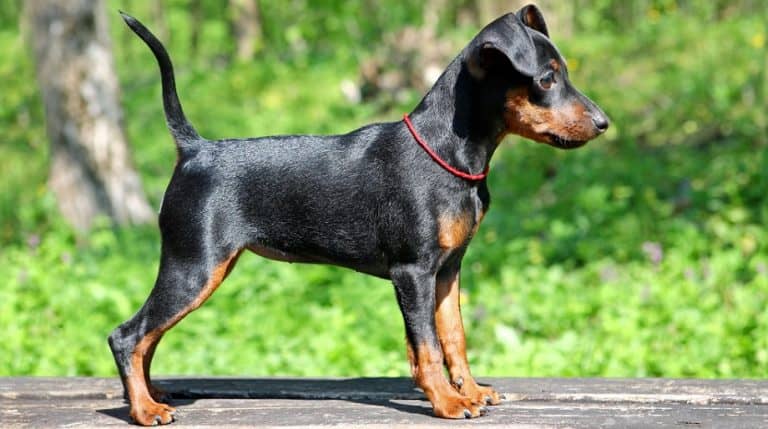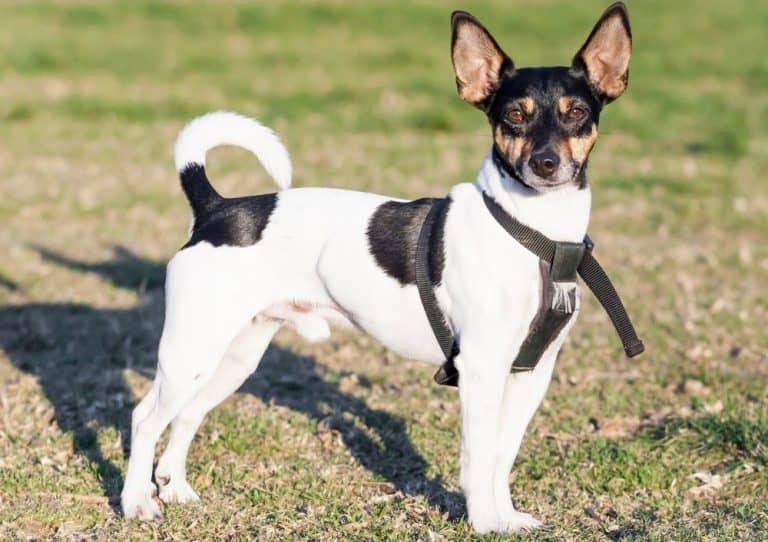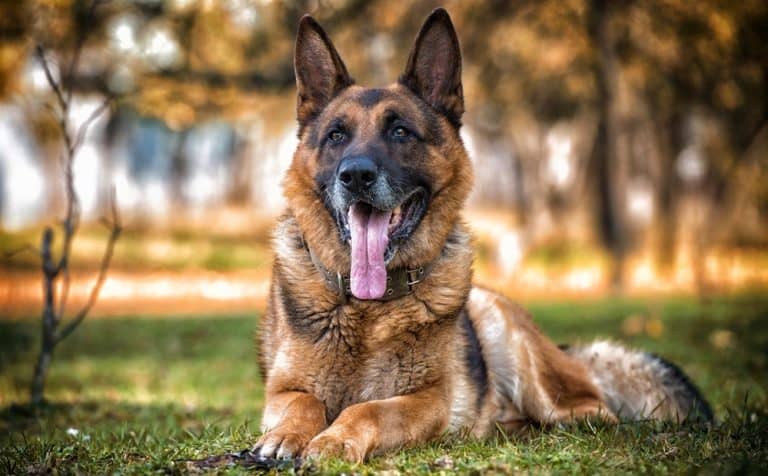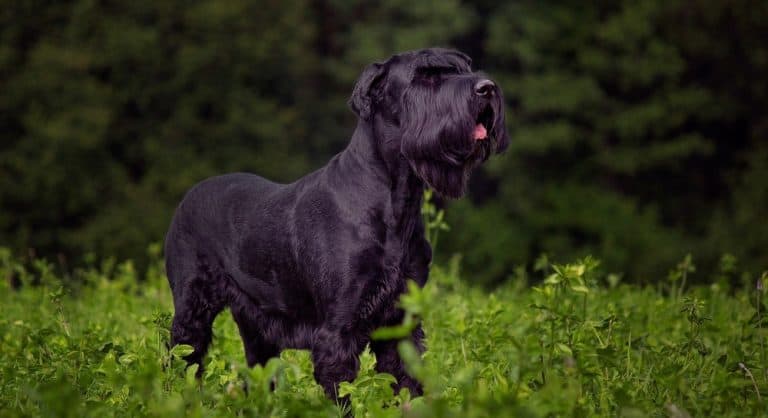Corgi Growth Chart (Weight & Size Chart) – How Big Do Corgis Get?
Corgis are considered the most affectionate and agreeable small dogs, making them a great addition to the family.
As a Corgi owner, you need to monitor their weight and height using a Corgi growth chart to ensure that they are ideal for their age.
On average, the height of an adult Corgi is around 10 and 12 inches while their weight is between 22 and 30 pounds. Because of their thick coats, Corgis can add excess weight without being noticed.
This article will give you more information on what to expect as your puppy grows, factors that can impact their growth, how much they cost, and many more!
When Do Corgis Stop Growing?

Are you wondering when do Corgis stop growing? Corgis are a small to medium size breed. They have short legs and a sturdy body. These breeds tend to stop growing when they’re about one year old.
Dogs that receive a balanced diet and get a lot of exercise, can fill out as they grow older. Although they are about full size when they are one year old, with exercise and good nutrition, they will reach their full size around three – four years.
Corgi Size Chart
You can consult the Corgi weight chart below to get an estimation what of your dog’s weight should be at different stages.
As you can see from the Corgi size chart, a Welsh Corgi Pembroke female should weigh between 9.6 and 12.1 lbs at three months.
At six months, the smaller Welsh Corgi Pembroke female weighs on average between 17.3 lbs and the larger dogs weigh around 22.1 lbs.
At one year of age, a Welsh Corgi Pembroke Female weighs between 22.1 and 28.4 lbs.
The smaller Welsh Corgi Pembroke females will stop growing around the age of 12 months and the bigger size dogs will stop growing at around 14 months.
Males are slightly bigger and weigh more than females. You can see from the corgi growth chart that the weight of the Welsh Corgi Pembroke male should be between 9.6 and 12.9 lbs at three months.
At six months, the smaller Welsh Corgi Pembroke male weighs on average 17.3 lbs and the larger dogs weigh about 23.6 lbs.
Your Welsh Corgi Pembroke male should weigh between 22.1 and 30.4 lbs when he is one year old.
The smaller Welsh Corgi Pembroke male will stop growing at the age of 12 months and the bigger dogs will stop growing around 14 months of age.
Corgi Weight Chart
| Age | Average Kg Female | Average Kg Male |
|---|---|---|
| 3 months | 4.3 kg - 5.5 kg | 4.3 kg - 5.8 kg |
| 4 months | 5.8 kg - 7.2 kg | 5.8 kg - 7.8 kg |
| 5 months | 7.0 kg - 8.8 kg | 7.0 kg - 9.2 kg |
| 6 months | 7.8 kg - 10.0 kg | 7.8 kg - 10.7 kg |
| 7 months | 8.8 kg - 10.8 kg | 8.8 kg - 11.8 kg |
| 8 months | 9.2 kg - 11.8 kg | 9.2 kg - 12.2 kg |
| 9 months | 9.5 kg - 12.1 kg | 9.6 kg - 13.0 kg |
| 10 months | 9.7 kg - 12.4 kg | 9.8 kg - 13.2 kg |
| 11 months | 10.0 kg - 12.8 kg | 10.0 kg - 13.5 kg |
| 12 months | 10.0 kg - 12.9 kg | 10.0 kg - 13.8 kg |
Corgi Growth Chart – What to Expect
Birth – 2 Weeks
From birth to two weeks, puppies are completely dependent on the mother for everything. The puppy gets all its nutrition from the mother and she takes care of her puppies by keeping them clean.
The eyes and ears are closed but they have a sense of touch and taste. At this stage, the puppies don’t move about freely, they can only manage a slow crawl.
3 Weeks – 12 Weeks
From two to four weeks, puppies start interacting with their mother and siblings. Their eyes are open and by five weeks they can see properly. Their hearing and smell develop, and you’ll see the first tooth.
During this stage, puppies begin to walk, and behave like dogs by barking and wagging their tails.

From four to six weeks, puppies learn to play and how to behave in a group, and where they fit in the social structure.
At around six weeks, you can start house training your puppy. Around eight weeks is the time when puppies start experiencing fear.
4 Months – 6 Months
During this period, puppies grow fast and they may look different to you from day to day. Puppies are on the go all the time at this stage. They have lots of energy, but be careful not to exercise your puppy too much since his bones are still growing.
At this time, they sort out their ranking order among themselves. Some puppies may experience another fear phase that can suddenly start and last for 3 or 4 weeks.
At six months, your puppy’s permanent canines will be out and he will be chewing on anything in sight. Get him some toys to chew on and hide your shoes!
7 Months – 9 Months
This is the adolescent stage, and you can expect your puppy to go wild with chewing, jumping, and digging. It’s time to work on his socializing and to seriously consider obedience classes.
It’s important to socialize and train your dog, otherwise you will have continual misbehavior from him and you won’t be able to take him with you visiting.
Public places will also present some unnecessary challenges. Around 8 months is the prime time to teach your dog social etiquette.
Adult
Corgis are considered adults from one to four years of age. Corgis are able to reproduce when they are one year old.
When he’s ready to mate, your male Corgi might become more territorial or more active and female Corgis that are on heat may come across as restless and may urinate frequently. This is a good time to spay or neuter your dog, depending on its gender.
You will notice that your dog keeps filling out over these years, especially if he gets enough exercise and enjoys a nutritious diet.
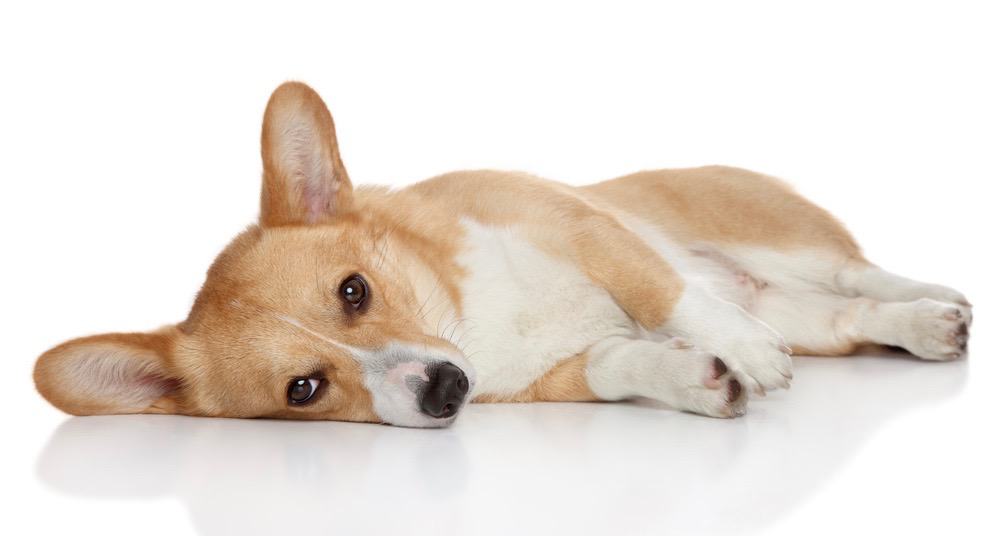
Corgis tend to have problems with their joints, so it’s a good idea to take your dog for agility training. Corgis are active and intelligent and enjoy learning new skills – he’ll love you for it.
Take care not to overfeed your dog, which is very easy to do as Corgis never seem to feel satisfied and will keep looking at you with pleading eyes for more food.
How Big Do Corgis Get?
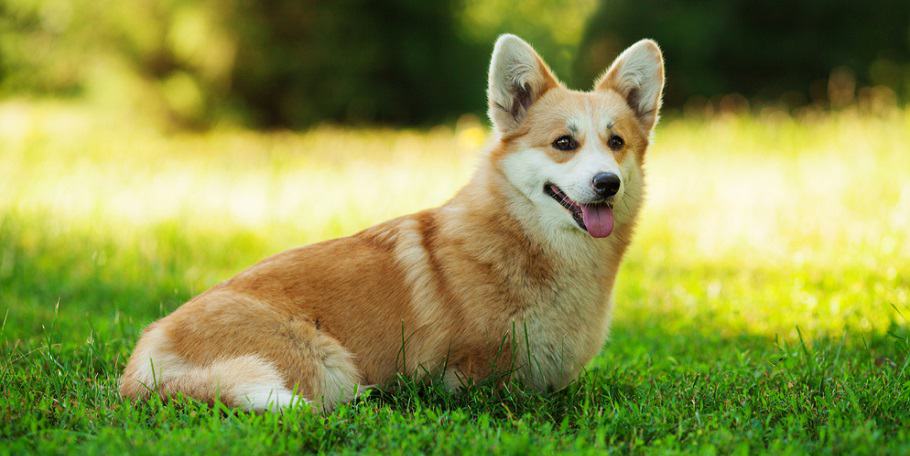
Are you wondering how big do Corgis get? The first thing to do is to ask your breeder for an estimation of their adult size basing on the size of their mother and father.
Secondly, look at their paws. If they are large, your puppy will be a large dog and they are small, your puppy will be smaller than average as adults.
Finally, you can either do a DNA test by yourself or let your vet do it. The test is to give you details about your puppy lineage including the size of the relatives and parents.
As adults, corgis weigh between 22 and 30 pounds with a height of around 10 and 12 inches.
Will Neutering/Spaying Affect My Corgi’s Growth?
Neutering and spaying are the surgical procedures where the reproductive organs of dogs are removed.
Neutering is removing the testes for male Corgis while spaying is removing the uterus, fallopian tube, and ovaries of female Corgis.
Before spaying or neutering your Corgi, you should remember that the reproductive hormones play an important role in the growth and development of your puppy.
Therefore, it is crucial that you wait until your Corgi is sexually mature to spay or neuter them so that their growth is not affected. This is between the ages of 6 months to 1 year.
Spaying and neutering are beneficial to your puppy in terms of reducing aggressiveness, preventing pregnancy and breeding, and reducing the risks of ovarian and testicular cancer.
Corgi Height Chart
Measuring your Corgi’s height will enable you to get them the right clothing, kennel doors, and useful if they participate in shows.
To measure your Corgi’s height, let them stand straight and find the withers. This is where the shoulder and the neckline meet.
Take a measuring tape and measure from the withers to the ground, and this is your Corgi’s height. On average the height of a Corgi is between 10 and 12 inches.
Cardigan Welsh Corgi vs. Pembroke Welsh Corgi
The Cardigan Welsh Corgi and Pembroke Welsh Corgi are very similar but completely different breeds. They both have long, sturdy bodies, and large heads with upright ears, and very short legs. You can identify the Cardigan by its slightly larger and more rounded ears.
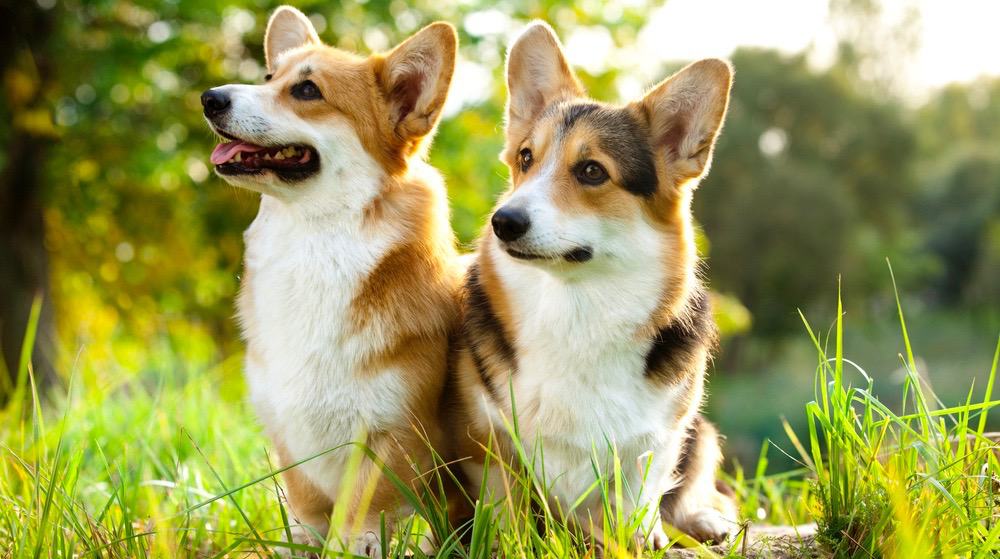
The differences are evident in the tail, bone structure, and weight.The Pembroke’s tail is docked, while the Cardigan has a proper tail.
Cardigans are also slightly larger with a heavier bone structure. Male Cardigans can weigh up to 38 pounds, but Pembrokes usually reach 30 pounds at the most.

Cardigans have more coat colors. They can be black and white, blue merle, brindle, red, and sable. Pembrokes only have sable, red, or tricolor coats.
How To Properly Weigh And Measure A Corgi?
If your corgi is in a healthy condition, weighing them once or twice per year is fine. However, if they are undergoing treatments due to health conditions, you should weigh them more frequently.
Corgi puppies need to be weighed every month when they are below the age of 6 months old.
Weighing your Corgi will help you calculate the number of daily calories they need to be fed. You can use your bathroom scale to weigh your Corgi at home.
To find the weight of your puppy, hold them and step on the scale for a few seconds then record the number. Next, comfortably put the puppy down, step on the scale, and record the number.
Finally, deduct your weight from the weight of you holding the puppy. This is your Corgi’s weight.
What Is A Corgi’s Neck Size?
For you to order the right size for your puppy’s collar, you should know the size of their neck. To determine the neck size of your Corgi, you need a soft tape measure.
Circle the tape around your puppy’s thickest part of the neck and put two fingers inside the gap. Putting two fingers will ensure that the collar is not tight but comfortable. This is your Corgi’s neck size.
On average, the neck size of a Corgi is between 14 and 16 inches.
Corgi Body Condition Score (BCS)
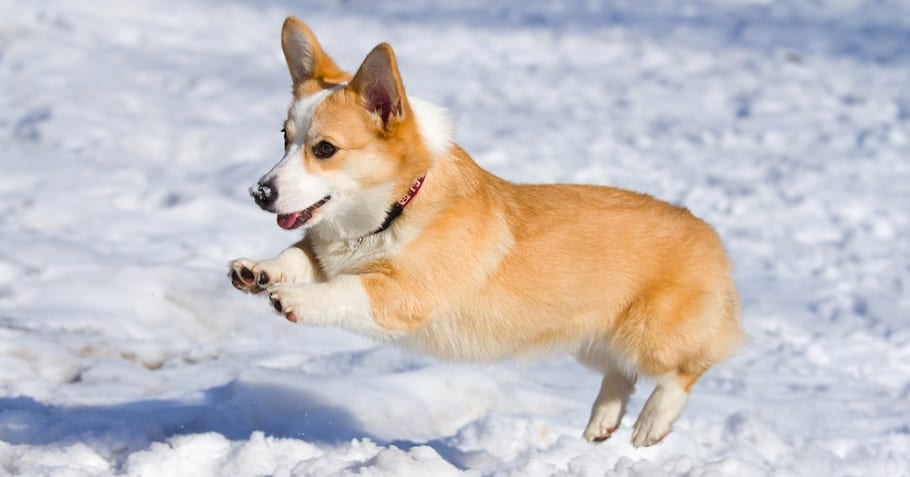
Humans use Body Mass Index (BMI) to determine their ideal weight. The animal alternative is the Body Condition Score.
This is an organized system that measures the level of fat in pets such as dogs and it has two scales, one ranging from 1 to 9 and the other ranging from 1 to 5.
Some vets prefer to use the 1 to 9 with more categories while others prefer the 1 to 5 scale with fewer categories. To assess the BCS of your puppy, feel their ribs and look at their waist and abdomen.
If your Corgi’s weight is healthy, you will be able to see the waistline from above, the abdominal tuck when they are seated, and feel the ribs through a thin layer of fat.
The ideal Body Condition Score of a corgi is 3/5 or 5/9. If the score is 1/9 or 1/5, your puppy is emaciated and if the score is 9/9 or 5/5, your puppy is obese.
How To Help Your Corgi Lose Weight If He Is Overweight
Have you noticed that your Corgi has gained weight recently? The first thing to do is to rule out any underlying health conditions with your vet before working on his diet and physical activity.
Although most of the weight gain can be caused by things that can be controlled such as exercise and diet, underlying illnesses like diabetes and hypothyroidism are still common causes.
The following are the steps you can take to help your Corgi lose at home:
- Reduce the portion sizes.
- Increase activity and exercise levels.
- Transition to treats that are low in calories such as fruits and vegetables.
- Stop feeding your puppy table scraps.
- Change to premium dog food.
Corgi Body Shape Changes
To keep your dog healthy and in the right shape, you have to take care to maintain its ideal weight. You can gauge whether your dog is at his ideal weight by estimating his body condition score.
This you do by carefully observing your dog from the side and the top. You can also perform a simple exercise, which involves feeling his ribs.
Simply use your hands to feel your dog’s ribs. If you can’t feel the ribs distinctly and can’t count them one by one, your dog is overweight.
If his ribs feel sharp to the touch or can are clearly visible, then your dog is underweight.
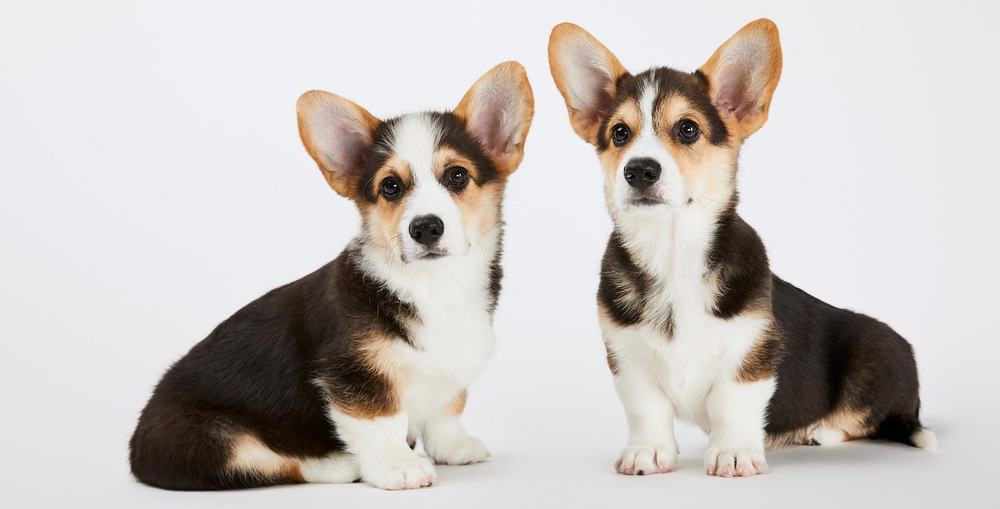
When viewing your dog from the top you should clearly see a waistline, a thinning of the body just before the buttocks.
When viewing your dog from the side, there should be an abdominal tuck after his ribs. If you don’t see this tuck (narrowing), then your dog is probably overweight and needs to go on a restricted-calorie diet.
Factors That Affect Corgi Puppy Growth
Genetics
How big a Corgi gets will depend on genetics. The size of the parents will give a good indication of the size the offspring is likely to be.
If you have purchased a pure-bred pup, you will have a good idea of the size your pup is likely to grow to as you can judge by the mother’s size. A female pup will likely be the same size as the mom and a male pup will be a bit bigger.
Nutrition
For your puppy, you can choose kibble, it’s a safe option for Corgi puppies. Choose kibble that is especially for puppies and choose puppy kibble for small breeds so your puppy won’t struggle to eat it.
Choose kibble with high-quality protein sources rather than those containing cereals.
Around the age of 12 months, you can gradually switch your dog to an adult formula.
The best dog foods for corgis contain healthy proteins, fats, fruits, and vegetables. You want to avoid brands that contain animal meal.
Physical Activity & Health
Corgis need a lot of exercise otherwise they tend to put on weight due to their body built and their healthy appetite.
They need a high-quality, balanced diet and a regular exercise regimen to keep their ideal body weight.
Adult Corgis need at least an hour of physical exercise each day. Keep in mind that Corgis are a herding breed, so they naturally have a lot of stamina and love to be active.
Also, remember that because of their long bodies and short legs, they can easily hurt their backs by jumping up and down furniture. So it’s important to rather limit these kinds of activities.
How Long Are Corgis Pregnant?
Like other dogs, Corgis are pregnant for about 63 days, and like people, their pregnancy lasts over three trimesters of about 21 days each.
In the first few weeks, you might not realize that your dog is pregnant because you won’t be able to see any physical changes.

After a while, your dog might look as if she has gained weight and that would be an indicator for you.
It’s normal for expectant dogs to seem listless and lose their appetite. When you notice this, simply offer small meals throughout the day. Take your dog to the vet to make sure if you have a suspicion that she is pregnant.
What If My Corgi Is Not the Right Weight?
Corgis are known for their good appetite and they easily put on weight. To tackle this problem you need to let your Corgi get more exercise and take care of his diet.
Corgis are a herding breed and naturally loves running and fetching. You can play fetch with him or take him to a park or the beach where he can run around.
You can even use him as your running partner, provided you don’t run so fast that his little legs can’t keep up.
The other important thing to do to help your dog get back to a healthy weight, is to feed him only two servings a day.
Nothing more. Also, no snacks in between. And never leave out a bowl of kibble as your dog will keep eating as long as there is food in his bowl.
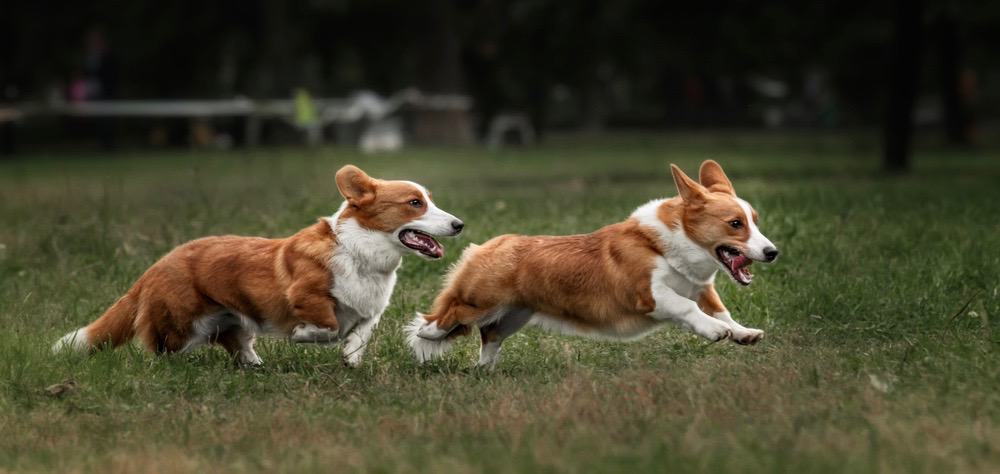
What Is The Life Expectancy Of Corgi?
Small dogs like Corgis tend to live longer than larger dogs. The average lifespan of Corgis are between 12 and 15 years, with females dogs living up to two years longer than male dogs.
Do the Cardigan Welsh Corgi and the Pembroke Welsh Corgi have the same life expectancy? Yes, they do. They live roughly the same number of years – 12 years and a couple of months.
The two breeds also tend to die of the same causes, namely cancer and old age, which is true for many breeds.
How Much Does It Cost To Own A Corgi?
The cost of a Pembroke Welsh Corgi varies from $1,000 to $2,200 with the average being about $1,500. The price for Cardigan Welsh Corgi puppies varies between $1,200 and $1,800. The average cost is around $1,500.
To this number, you must add the cost of high-quality dog food, treats, veterinary visits, vaccinations, toys, bedding, dog license, training, and grooming costs. Your dog may end up costing you around $1,500 per year, with a higher cost in the first year.
Corgi Genetics And Common Health Problems
One of the most common health conditions that Corgis suffer from is hip dysplasia. This condition affects the development of the hip joint, which over time leads to restricted movement. Too much weight and lack of exercise or too much activity can worsen the condition.
Corgis are also known to develop progressive retinal atrophy, or PRA. This is a degenerative condition that leads to deteriorating vision and eventually blindness. There is currently no treatment for the condition.
Degenerative myelopathy is a serious condition that affects the central nervous system, spinal cord, and brain stem that can lead to partial or total paralysis.
Scientists don’t know what causes it and there is no cure for it. The symptoms can be treated though, to make the dog more comfortable.
Another common health problem among Corgis is von Willebrand’s disease. It’s a hereditary disorder that stops blood from clotting, leading to the risk of excessive bleeding in case of an injury.


